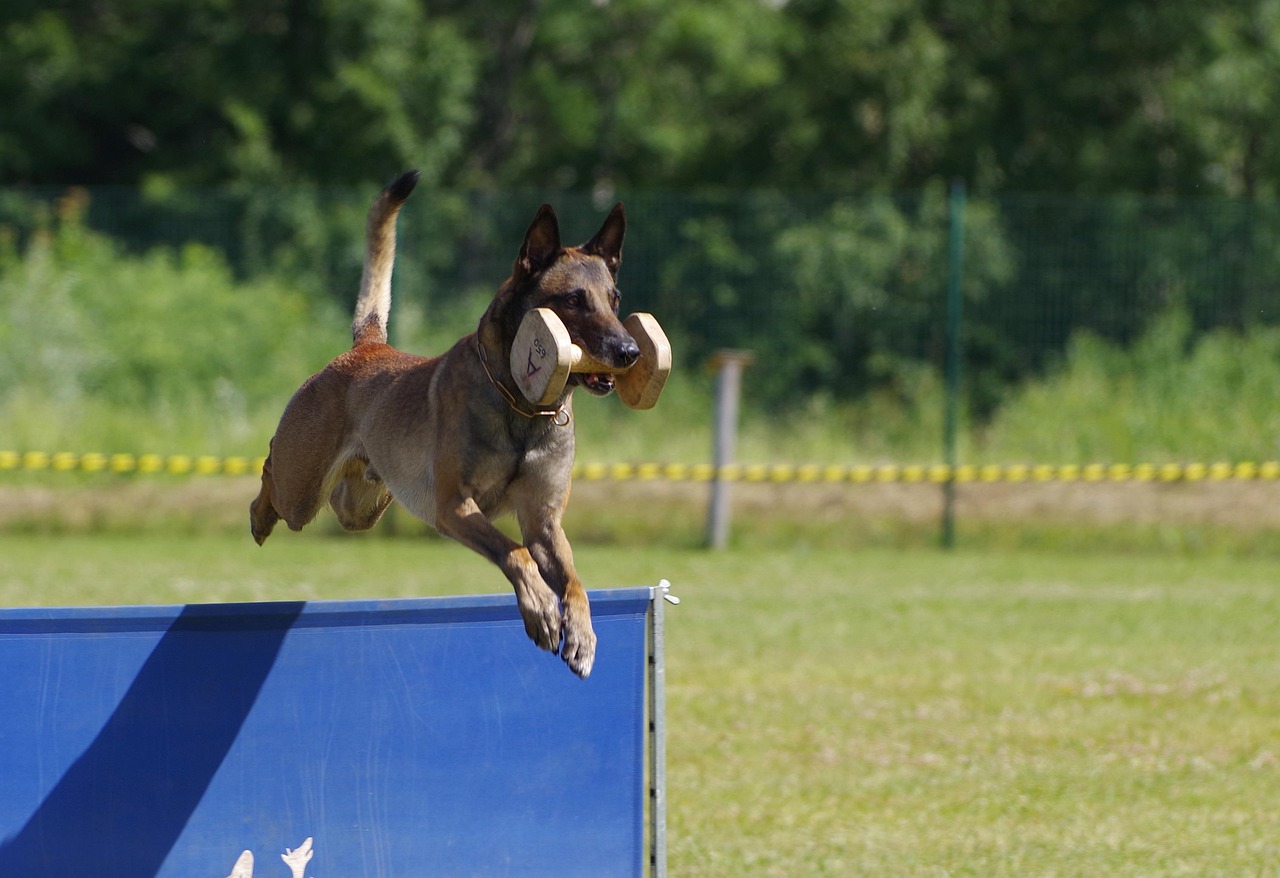The bond between humans and dogs is often considered one of the most remarkable and heartwarming relationships in the animal kingdom. For individuals with autism spectrum disorder (ASD), this bond takes on an even more profound significance with the introduction of autism assistance dogs. These remarkable canines are trained to provide invaluable support and companionship, and the science behind their ability to connect with individuals with autism is nothing short of fascinating.
Understanding Autism Spectrum Disorder (ASD)
Before delving into the science behind the bond, it's important to have a basic understanding of autism spectrum disorder. ASD is a complex neurodevelopmental condition that affects an individual's social interaction, communication, and behavior. People on the autism spectrum may have challenges in understanding social cues, forming relationships, and navigating sensory sensitivities.
The Role of Autism Assistance Dogs
Autism assistance dogs, also known as autism service dogs, are specially trained to provide support to individuals with ASD. Their roles extend beyond companionship; these dogs are trained to perform specific tasks that help individuals with autism navigate their daily lives more effectively. Tasks may include providing deep pressure therapy during sensory overload, interrupting repetitive behaviors, and even acting as a tether to prevent wandering.
The Science Behind the Bond
The unique bond between individuals with autism and their assistance dogs is backed by scientific principles:
1. Unconditional Acceptance: Dogs offer nonjudgmental and unconditional acceptance, which is particularly important for individuals with autism who may struggle with social interactions.
2. Empathy and Emotional Connection: Studies have shown that dogs have the ability to detect human emotions and respond empathetically. This sensitivity helps individuals with autism feel understood and supported.
3. Sensory Processing: Many individuals with autism have sensory sensitivities. Autism assistance dogs are trained to respond to sensory cues, providing comfort during moments of distress.
4. Oxytocin Release: Interacting with dogs triggers the release of oxytocin, often referred to as the "love hormone." This hormone promotes bonding and reduces stress, benefiting both the individual with autism and the dog.
5. Predictability and Routine: Dogs thrive on routines, and this predictability can be highly beneficial for individuals with autism, who often find comfort in structured environments.
6. Social Bridge: Dogs can act as a bridge to social interactions. For example, a child with autism accompanied by an assistance dog may be more approachable to peers, facilitating social connections.
7. Reduced Anxiety: Assistance dogs are trained to recognize signs of anxiety and provide calming interventions, contributing to a sense of security and well-being.
Training and Bond Development
The bond between an individual with autism and their assistance dog is cultivated through a combination of training, interaction, and shared experiences. During the training process, both the dog and the individual learn to communicate and understand each other's needs. The consistency of training sessions and the reliance on positive reinforcement contribute to the strengthening of the bond.
Real-Life Impact
Stories from families and individuals who have autism assistance dogs speak volumes about the transformative impact these dogs have on their lives. Reports of improved communication skills, reduced anxiety, increased independence, and enhanced social interactions highlight the profound influence of these canine companions.
In conclusion, the science behind the bond between individuals with autism and their assistance dogs is grounded in the principles of empathy, sensory awareness, predictability, and the release of oxytocin. This bond goes beyond companionship; it empowers individuals with autism to navigate the world with more confidence and resilience. As we continue to uncover the science behind this remarkable connection, it's clear that the partnership between autism assistance dogs and their human counterparts is a testament to the incredible potential of the human-animal relationship.













